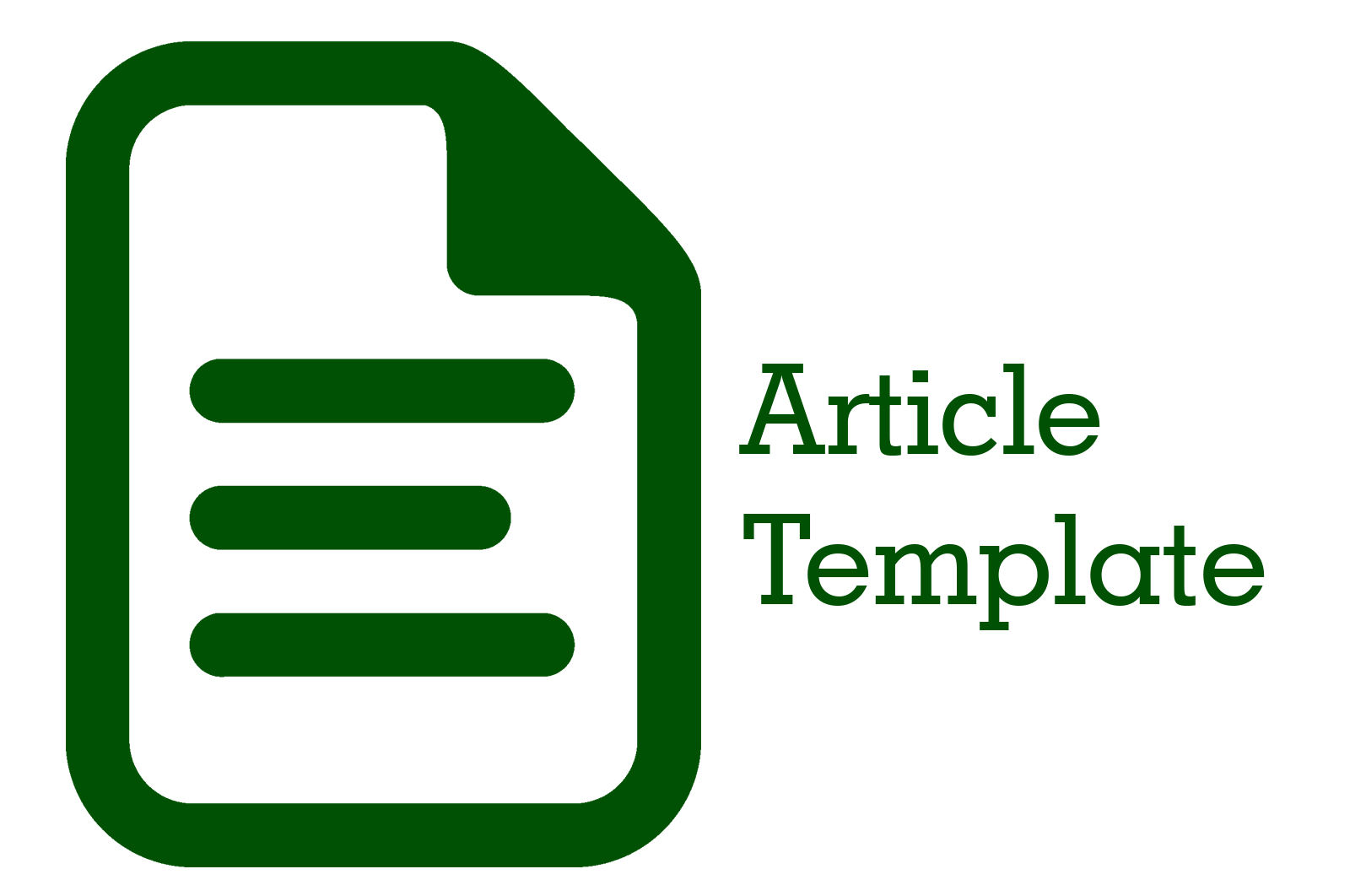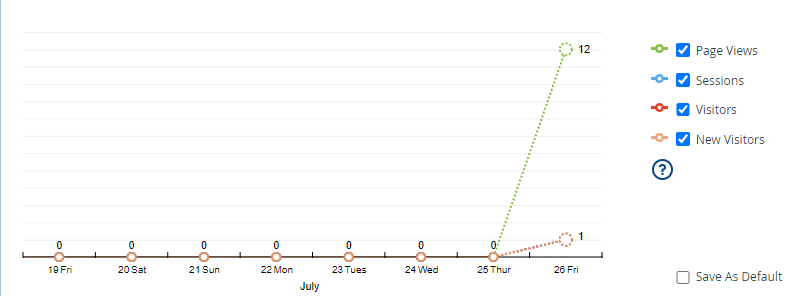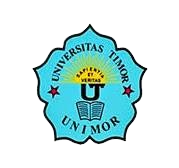EFEKTIVITAS VAGAL NERVE STIMULATION (VNS) TERHADAP DISRITMIA JANTUNG
DOI:
https://doi.org/10.32938/jsk.v2i01.400Keywords:
Dysrhythmia, Vagal Nerve StimulationAbstract
Dysrhythmia is a heart rate disorder that includes frequency or rhythm disorders or both. One of the nursing actions to overcome is doing Vagal Nerve Stimulation (VNS), includes emphasis on one side of carotid sinus, emphasis on periorbital sinus, and performing valsalava maneuver by coughing. This is believed to increase release of acetylcholine in heart, where the acetylcholine is captured by SA node in left atrium and serves as an inhibitor of electrical stimulation of heart. The release of acetylcholine production is expected to inhibit cardiac irritability so ventricular contraction can be reduced to a minimum. This will appear clearly in state of dysrhythmias, especially atrial fibrillation. In atrial fibrillation, the impulses produced in atrium will exceed normal state, which results in electrical conductance of heart to SA node, continued to AV node and to purkinje fibers to increase ventricular contractions in projecting blood out of heart. If the impulses produced by atrium are irregular, the same thing happens to ventricles, which is to make irregular heart contractions as well. The result is the heart does not have time to relax to give blood to coronary arteries. If not handled properly, this is very dangerous for heart. VNS action by providing stimulation to vagus nerve will greatly help overcome this problem because the ends of the vagus nerve lead to SA node and AV node. By providing stimulation to vagus nerve, the signal will be sent to efferent to release ACh. It is hoped that this ACh will inhibit impulses from SA node and AV node so the heart can contract according to the body's needs.
References
Astiawati T & Baktijasa, B. (2009). Terapi Nonfarmakologis pada Fibrilasi Atrial. Dikutip dari http://arekkardiounair.blogspot.com/2009/01/terapi-non-farmakologis-pada-fibrilasi.html
Berek, P. A. L. (2010). Efektifitas Slow Deep Breathing Terhadap Penurunan Tekanan Darah Pada Pasien Hipertensi Primer di Atambua Nusa Tenggara Timur: A Randomized Clinical Trial. Perpustakaan Universitas Indonesia, 1–215. Retrieved from http://lib.ui.ac.id/detail?id=20282511&lokasi=lokal#parentHorizontalTab2
Berek, P. A. L., Nurachmah, E., & Gayatri, D. (2015). Effectiveness Of Slow Deep Breathing On Decreasing Blood Pressure In Primary Hypertension : A Randomized Contrrolled Trial Of Patients In Atambua , East Nusa Tenggara. International Journal of Science and Technology, 1(2), 1–14. Retrieved from http://grdspublishing.org/MATTER/matter.html
Berne, R.M & Levy, M.N. (1993). Regulation of Cardiac Contraction. Reprinted from Principles of Physiology 3 rd Ed. Dikutip dari http://www.rfumsphysiology.pb.wiki.com
Ervin, G. W. (1996). Buku saku perawatan ritis, Ed 2. Alih Bahasa dr. Petrus Andrianto. EGC : Jakarta
Hayashi, I., at all. (2001). Right Vagal Nerve Stimulation for Coronary Anastomosis without Cardiopulmonary Bypass: Investigation in Dogs. Dikutip dari: http://www.proquest.com
Howland, R. H. (2006). What is Vagus Nerve Stimulation. Dikutip dari http://proquest.umi.com
Klabunde R. E. (2008). Adrenergic and Cholinergic Receptors in the Heart. Retype from Cardiovascular Physiology Concepts. Dikutip dari http://www.cvphysiology.com/Blood%20Pressure/BP010.htm
Lewis, M.E., at all. (2001). Vagus Nerve Stimulation Decreases Left Ventricular Contractility In Vivo in the Human and Pig Heart. Dikutip dari http://www.proquest.com
Smeltzer, S. C & Bare, B. G. (2002). Buku Ajar Keperawatan Medikal Bedah Brunner & Suddarth. Ed. 8. Vol. 2. EGC : Jakarta
Shelchuk & Anne, M. (2007). Vagal Stimulation for Improving Cardiac Function in Heart Failure or CHF Patient. Dikutip dari http://www.google.com
Sparacino, P. S. A., 2005, The clinical nurse specialist. In A. B. Hamric, J. A. Spross & C. M. Hanson (Eds.), Advanced practice nursing: An integrative approach (3rd ed., pp. 415-446). St. Louis: Elsevier.
Tortora, G. J. & Derrickson, B. H. (2007). Principles of Anatomy and Physiology. 11th Edition. Dikutip dari http://www.google.com
Downloads
Published
Issue
Section
License
This journal lisence You are free to:
- Share — copy and redistribute the material in any medium or format for any purpose, even commercially.
- Adapt — remix, transform, and build upon the material for any purpose, even commercially.
- The licensor cannot revoke these freedoms as long as you follow the license terms.













